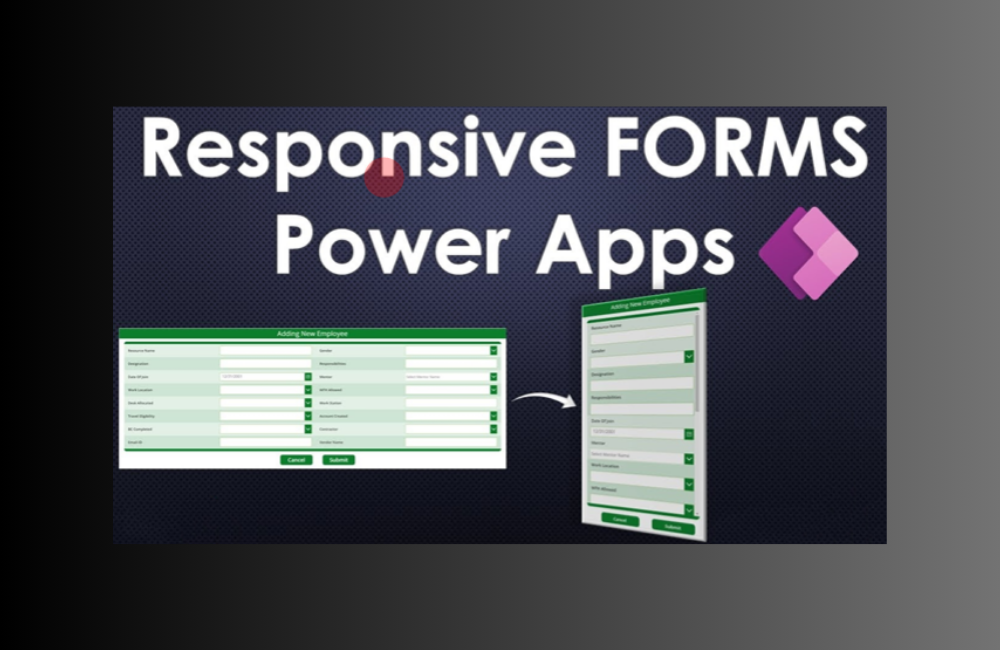Understanding Working Days in a Month: Comprehensive Formulas Explained
Mastering the ‘Working Days Calculation‘ is essential for developers creating date-sensitive applications. This article provides a deep dive into the formulas required to determine the number of working days in any given month. Whether you’re developing timesheet systems, reporting tools, or any application where time tracking is crucial, understanding these calculations is key. Join us as we explore the methods and formulas that will refine the accuracy and efficiency of your applications right from the start.
Basic Techniques for Determining Days in a Month
Before we venture into working days, let’s familiarize ourselves with how to return all days within a given month.
All Days in a Specified Month
With({chosenMonth: 4, chosenYear: 2021},
With({startDay: Date(chosenYear, chosenMonth, 1),
finishDay: DateAdd(DateAdd(Date(chosenYear, chosenMonth, 1), 1, Months), -1, Days)
},
ForAll(
Sequence(DateDiff(startDay, finishDay, Days)+1),
Date(chosenYear, chosenMonth, SequenceNum)
)
)
)
Reference:
Days in the Present Month
With({chosenMonth: Month(Now()), chosenYear: Year(Now())},
With({startDay: Date(chosenYear, chosenMonth, 1),
finishDay: DateAdd(DateAdd(Date(chosenYear, chosenMonth, 1), 1, Months), -1, Days)
},
ForAll(
Sequence(DateDiff(startDay, finishDay, Days)+1),
Date(chosenYear, chosenMonth, SequenceNum)
)
)
)
Weekdays in the Current Month
Filter(
With({chosenMonth: Month(Now()), chosenYear: Year(Now())},
With({startDay: Date(chosenYear, chosenMonth, 1),
finishDay: DateAdd(DateAdd(Date(chosenYear, chosenMonth, 1), 1, Months), -1, Days)
},
ForAll(
Sequence(DateDiff(startDay, finishDay, Days)+1),
Date(chosenYear, chosenMonth, SequenceNum)
)
)
),
Weekday(SequenceNum) > 1 And Weekday(SequenceNum) < 7
)
Reference:
Weekends in the Present Month
Filter(
With({chosenMonth: Month(Now()), chosenYear: Year(Now())},
With({startDay: Date(chosenYear, chosenMonth, 1),
finishDay: DateAdd(DateAdd(Date(chosenYear, chosenMonth, 1), 1, Months), -1, Days)
},
ForAll(
Sequence(DateDiff(startDay, finishDay, Days)+1),
Date(chosenYear, chosenMonth, SequenceNum)
)
)
),
Weekday(SequenceNum) = 1 Or Weekday(SequenceNum) = 7
)
Working Days Including Day Names
Filter(
With({chosenMonth: Month(Now()), chosenYear: Year(Now())},
With({startDay: Date(chosenYear, chosenMonth, 1),
finishDay: DateAdd(DateAdd(Date(chosenYear, chosenMonth, 1), 1, Months), -1, Days)
},
AddColumns(
ForAll(
Sequence(DateDiff(startDay, finishDay, Days)+1),
Date(chosenYear, chosenMonth, SequenceNum)
)
, "DayLabel", Text(SequenceNum, "dddd")
, "DayCount", Weekday(SequenceNum))
)
),
Weekday(SequenceNum) > 1 And Weekday(SequenceNum) < 7
)
For deeper insights into producing day names and more, you can refer to the official documentation at microsoft.com and Powerapps.com.
Conclusion
Having the capability to accurately determine the working days in a month is invaluable for various applications. By leveraging the formulas shared in this article, developers can better manage date-specific requirements in their applications. Remember, if you have any questions or need further assistance, do contact us.






